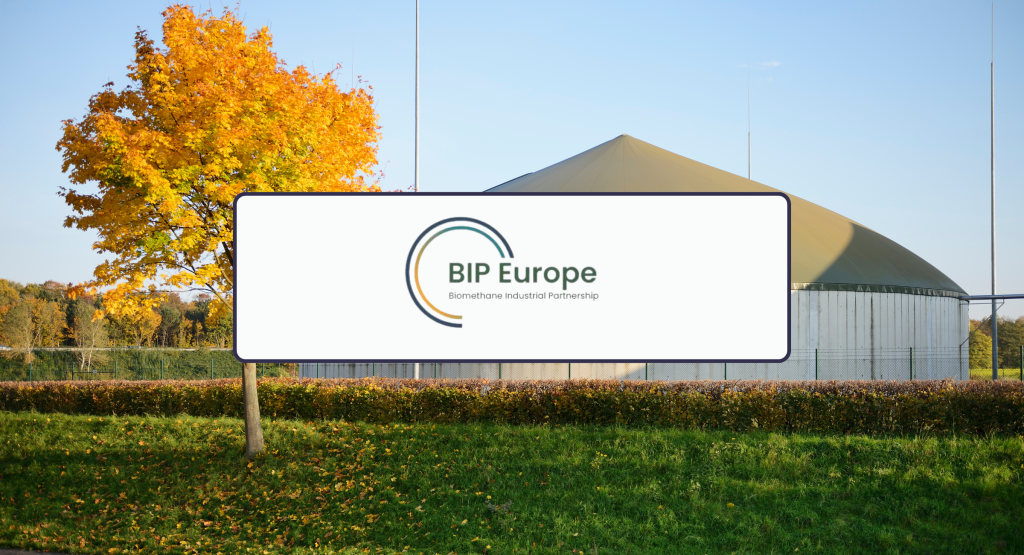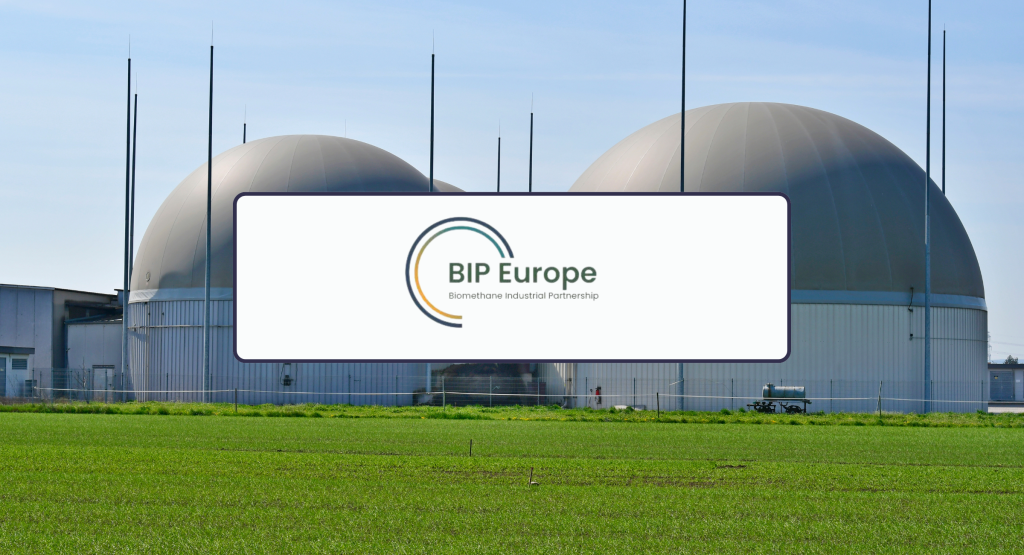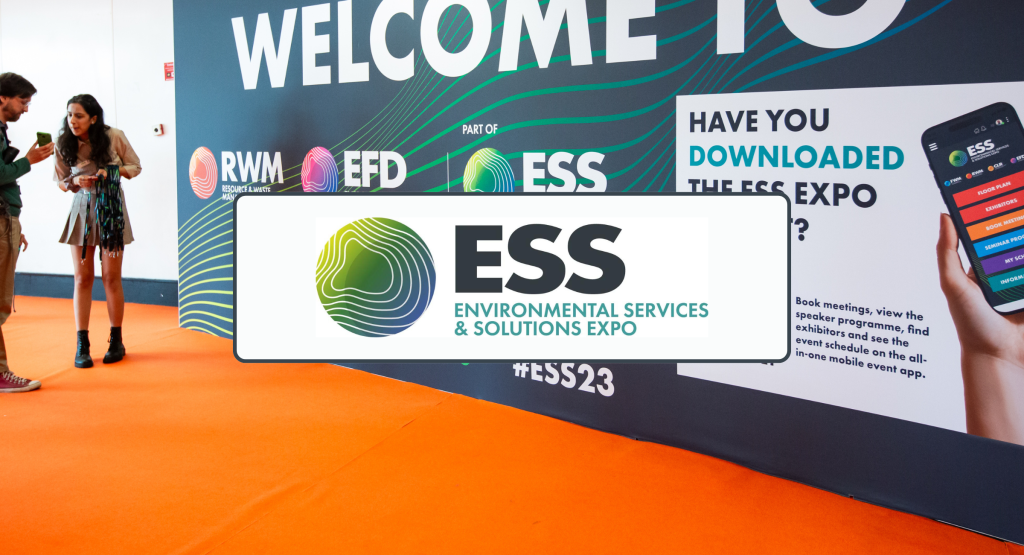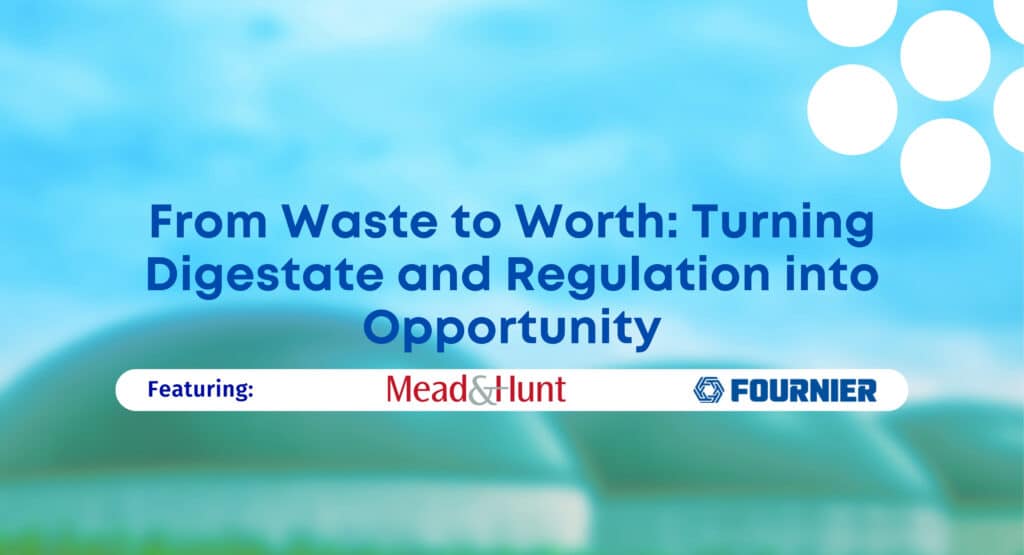Towards the RePowerEU’s 2030 Biomethane Goal

Towards the RePowerEU’s 2030 Biomethane Goal: The Biomethane Industrial Partnership Releases New Report on Improving Digestate Valorisation Through R, D&I
Brussels 18/9/24 — The Biomethane Industrial Partnership (BIP), established in September 2022 under the RePowerEU framework to achieve 35 billion cubic meters of biomethane by 2030, publishes today its latest report “Improving Digestate Valorisation: Novel Technologies and Research Needs.” This study, presented during the ESNI Conference 2024 – Growing the Future of Nutrient Recycling in Brussels, focuses on leveraging research and innovation to enhance the economic and environmental value of digestate, a byproduct of anaerobic digestion (AD) process, by recovering essential nutrients and creating valuable products for various industries.
The report, prepared by BIP Task Force 5.2, provides a comprehensive review of the current state of digestate in the EU, including current production, relevant legislation, and existing digestate processing technologies, such as solid-liquid separation, ammonia stripping, and membrane filtration. It assesses the environmental benefits of digestate, including its role in reducing greenhouse gas emissions and its potential to improve soil health and support the circular economy by reducing reliance on synthetic fertilisers. The study underscores the strategic importance of digestate valorisation in the EU’s efforts to transition towards a more sustainable and circular economy.
Erik Meers, Professor at Ghent University and Co-Chair of the BIP Task Force 5, commented: “This report is an important step towards our goal of achieving 35 billion cubic meters of sustainable biomethane by 2030. By improving the valorisation of digestate, we not only enhance the economic viability of AD plants but also make a substantial contribution to environmental sustainability. Our findings underscore the importance of continued innovation and collaboration across the industry.“
Jimmy Roussel, Senior Research Engineer at Luxembourg Institute of Science and Technology and Leader of BIP Task Force 5.2, added: “The potential of digestate as a valuable resource is considerable. This report highlights how novel technologies can transform waste into a resource that benefits both the economy and the environment. Our research provides a roadmap for the future, emphasising the need for targeted investments and supportive policies to maximise the benefits of digestate valorisation.“
The report identifies gaps in existing technology (including NPK extraction, other valuable compound extraction, microbial valorisation, cross-sectorial use, and improved digestate quality) and recommends future research and innovation activities, considering factors like technology maturity, market readiness, environmental impact, and policy. It concludes that continued innovation and supportive policy frameworks are crucial to maximise digestate’s benefits, advancing biomethane production, and fostering long-term agriculture sustainability. By leveraging advanced technologies and fostering a more adaptive regulatory environment, digestate can play a key role in reducing environmental impact, strengthening energy security, and supporting sustainable farming practices.
About the Biomethane Industrial Partnership (BIP)
As part of the Repower Plan, the Biomethane Industrial Partnership was created to support the achievement of 35 bcm biomethane by 2030. The BIP is a private-public partnership comprising the European Commission, Member States, industries, academia and civil society who team up to reach this target and create the preconditions for a further ramp up towards 2050.
About BIP Task Force 5
Task Force 5 is one of the six working groups of the BIP that works to identify the current status of R, D&I in biomethane production and what is needed for innovation to be commercialised.
About Biogas and Biomethane
Biogas is produced from the decomposition of organic materials. These residues are placed in a biogas digester in the absence of oxygen. With the help of a range of bacteria, organic matter breaks down, releasing a blend of gases: 45 – 85 vol% methane (CH4) and 25 – 50 vol% carbon dioxide (CO2). The output is a renewable gas which can be used for multiple applications. Biomethane – purified biogas – is a renewable alternative to natural gas. Its multiple applications include heat and power supply for our buildings and industries, and renewable fuel production for the transport sector.





Comments